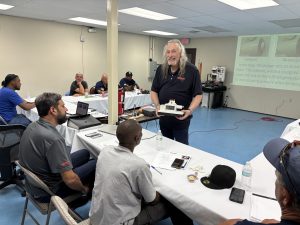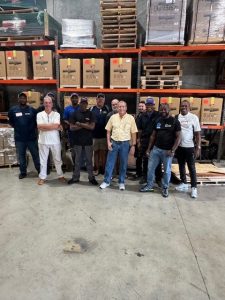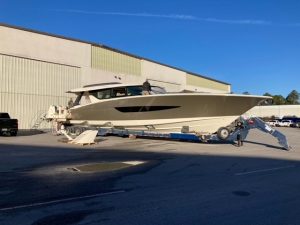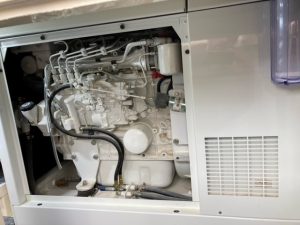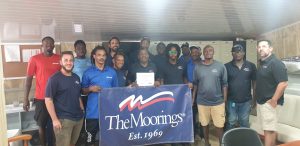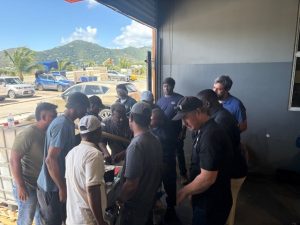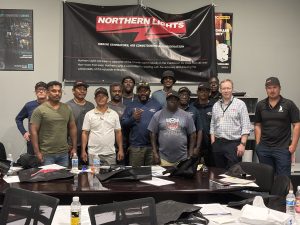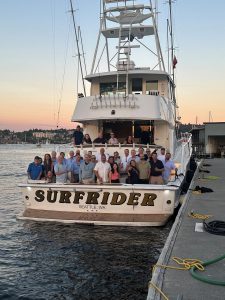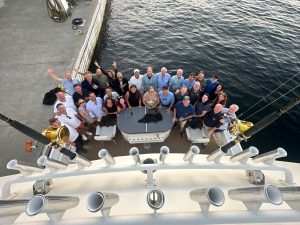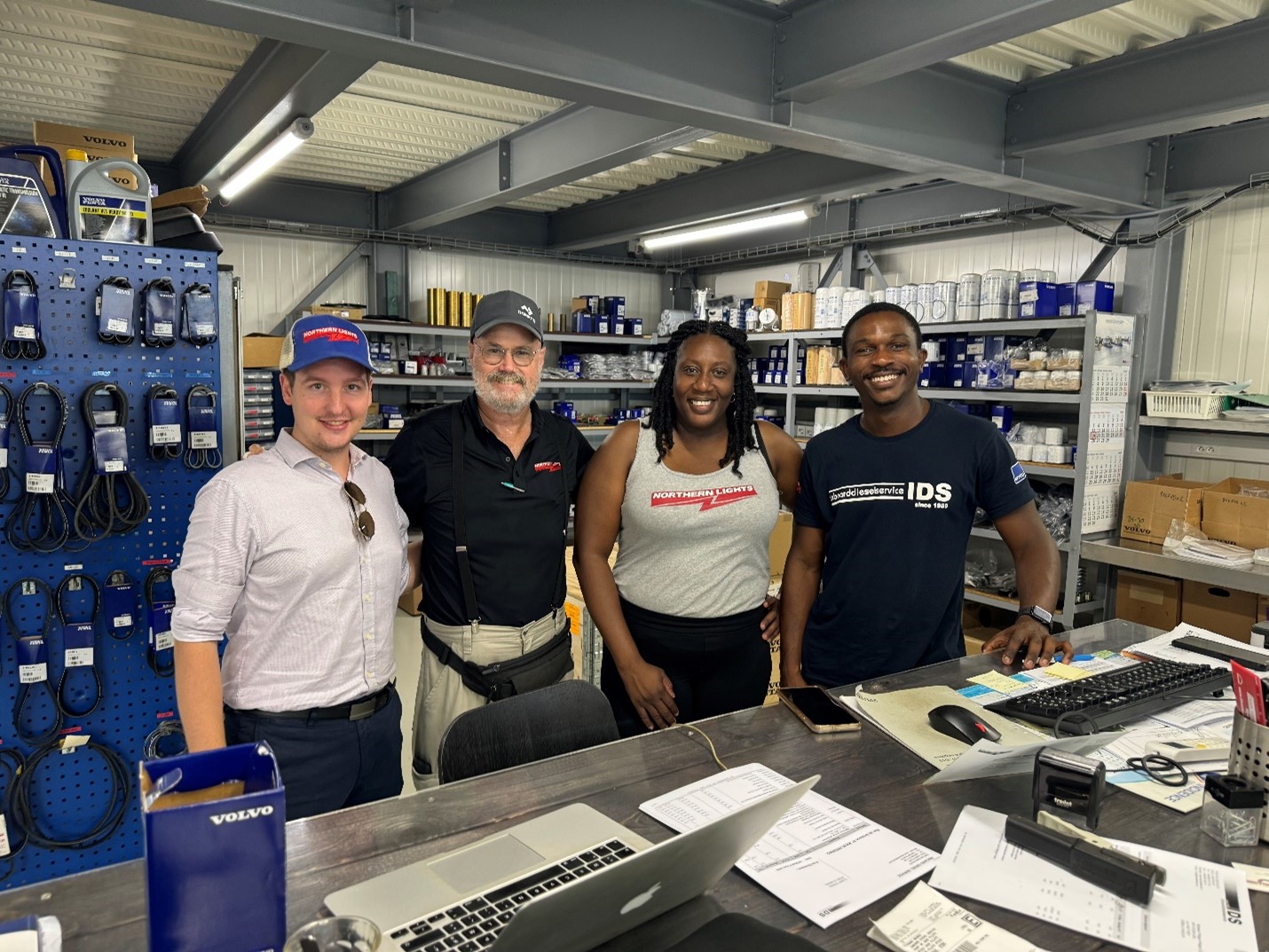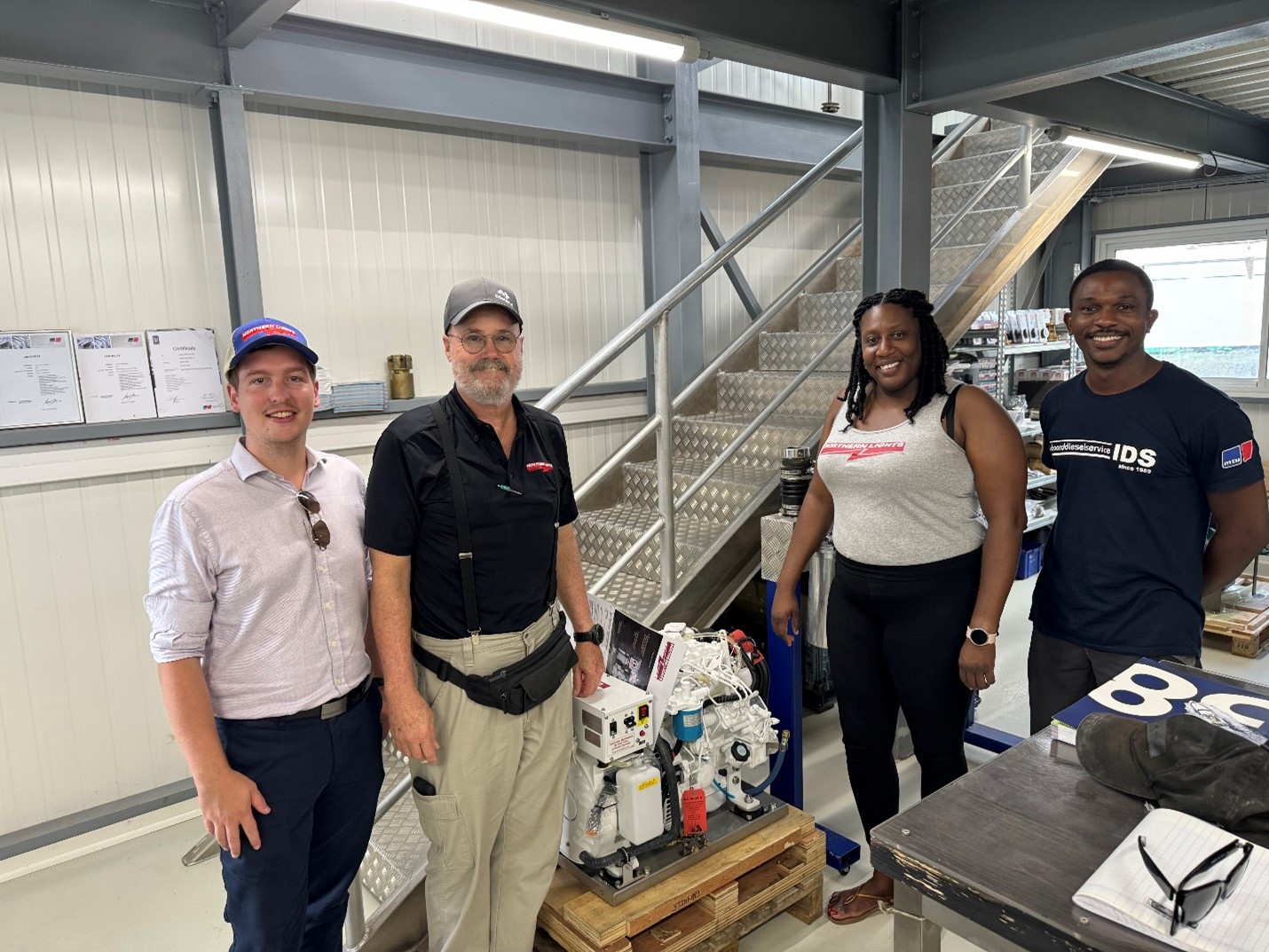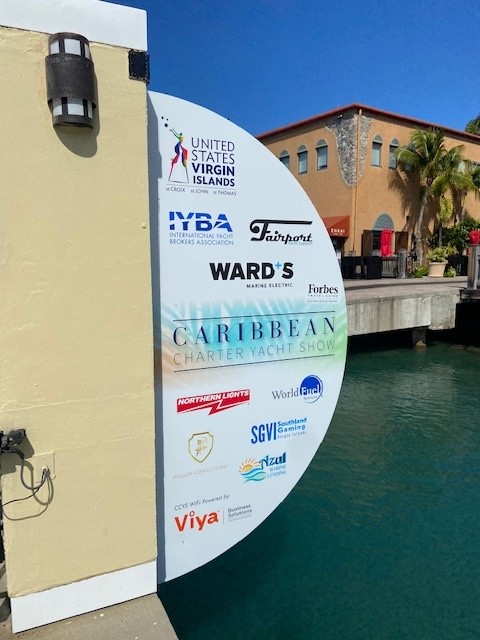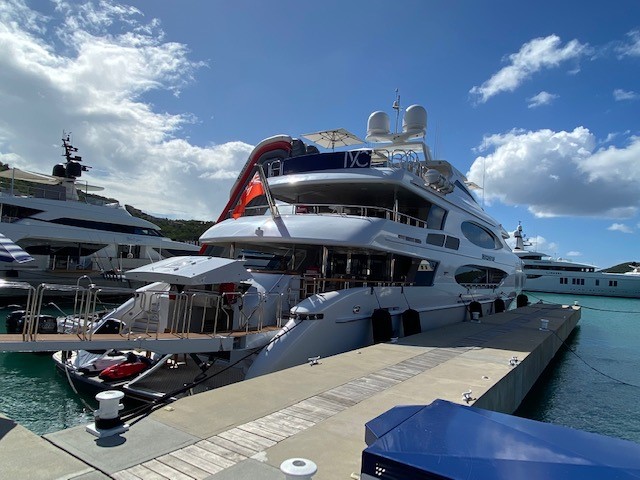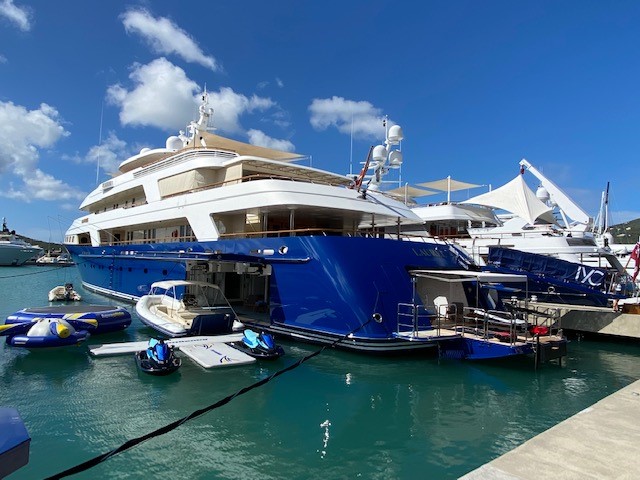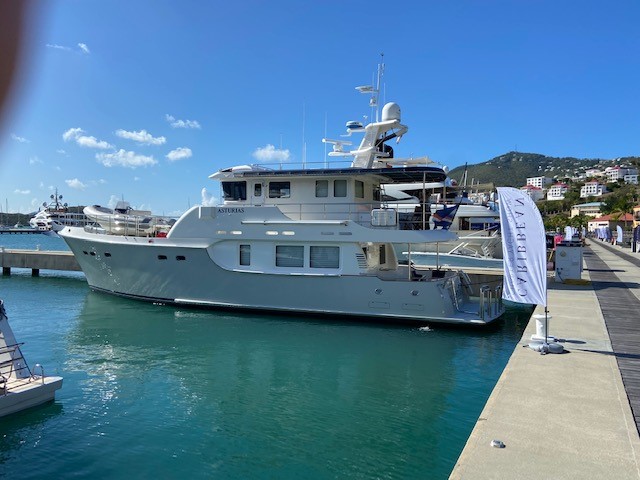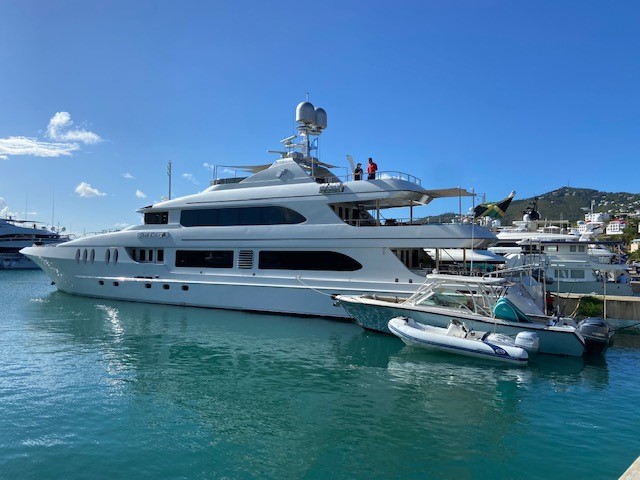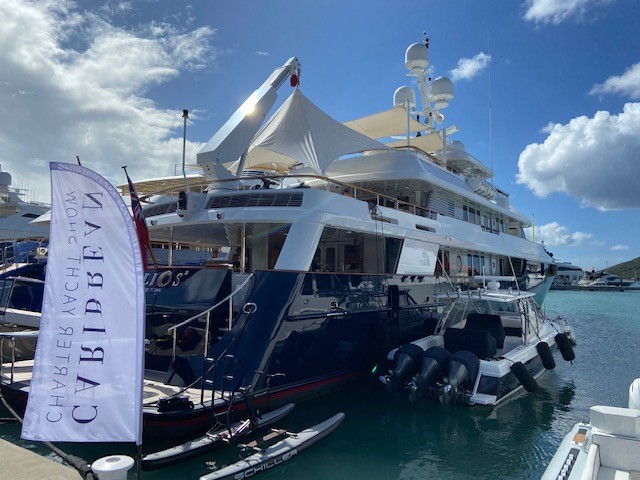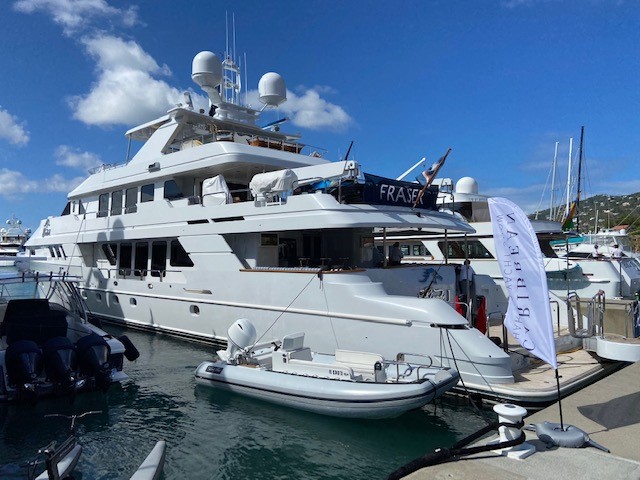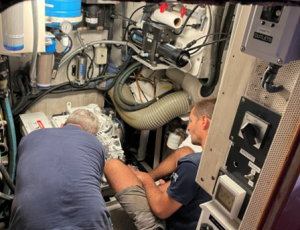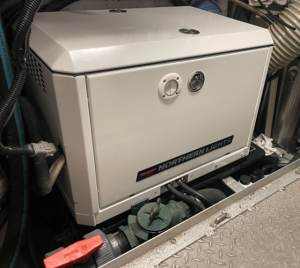Northern Lights hosted a Dealer Service Training & Conference in Deerfield Beach from 10-13 June 2025. Participants from 10 Caribbean Dealerships sent participants. 5 Dealer Principles attended the event. The Trainer/Moderator was Joe Maas, the Eastern Hemisphere Service Manager and Primary Service Trainer for Northern Lights Inc. Joe has been associated with Northern Lights for nearly 50 years and has a wealth of knowledge about Power Generation and Northern Lights products. Joe’s background before joining the NL family was as a Nuclear Submarine Electrician and a US Navy Service Trainer. Joe has a unique passion for Power Generation. He has devoted hundreds of hours in designing and building training aids which amazed all of the participants. Joe does not look like or act like your typical Service Trainer. He incorporates a great deal of dry humor in his training which rivals many standup comedians.
In addition to the Training which Joe tailored to his students’ requests, Northern Lights hosted a special dinner for Dealer Principles in attendance and a dinner for all participants on Wednesday night. It was a great opportunity for all the Dealers to meet Joe, the Northern Lights and Technicold staff and fellowship with their fellow Dealers. The Caribbean Northern Lights Dealer Network is a unique organization that is founded on cooperation to provide the best Service possible for Northern Lights customers. All of the participants, which ranged from Seasoned Veterans to a technician from one of their newest Dealers MRC of Curacao, had very favorable reviews on the Training.
Additional subjects that were included in the Training were Sales Training and a discussion of the Northern Lights Caribbean Coop Advertising program. New adverts designed by NL Marketing Ashley Uyeta. Her suggestions were warmly received by all.
Special thanks go to Vice President Nathan Price, Area Sales Manager Don Schutte, Patricia Meilo and of course Joe Maas. They all combined to make this a wildly successful gathering.


